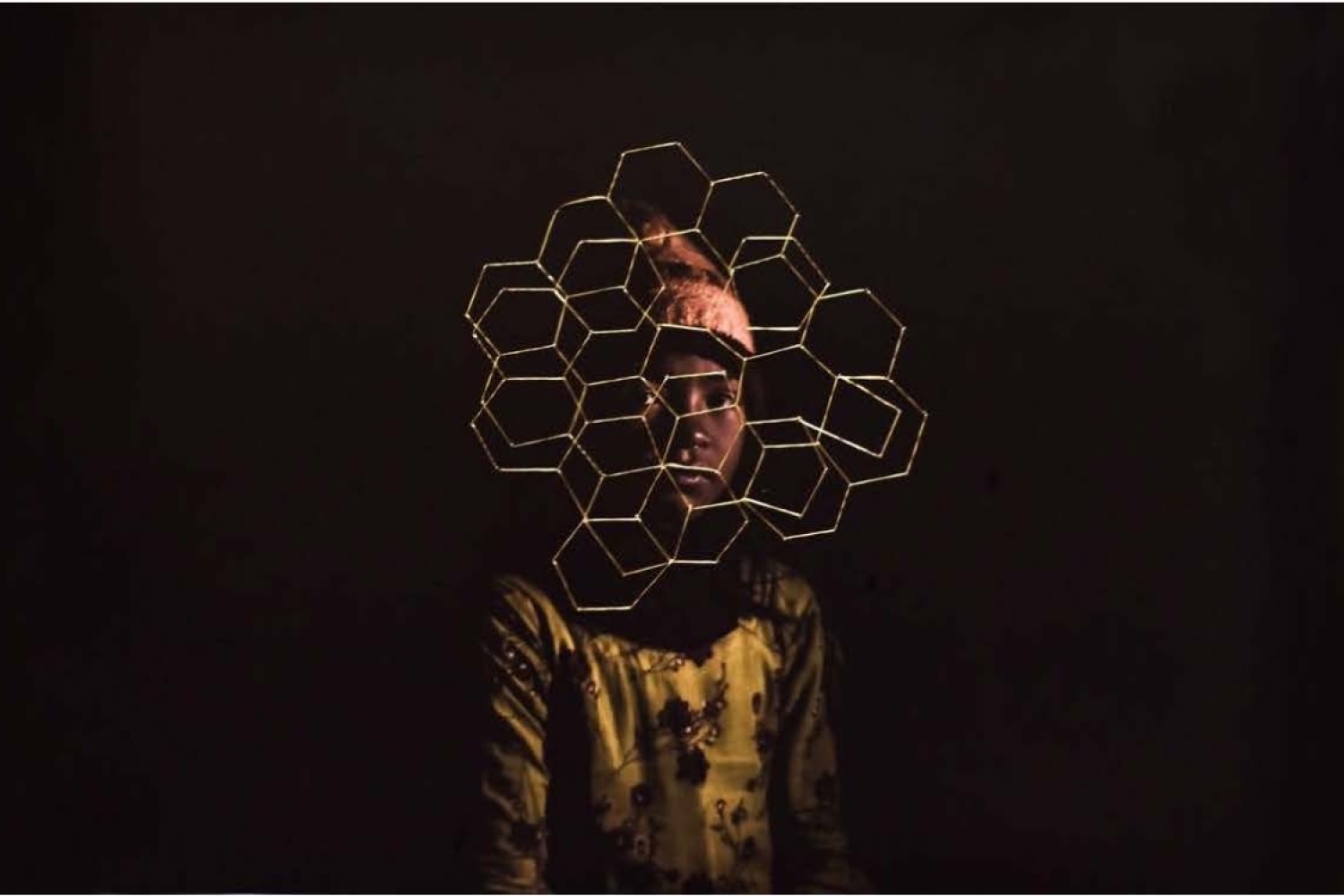
Behula These Days by Ashfika Rahman - Blueprint12

Behula These Days by Ashfika Rahman - Blueprint12
Delhi Contemporary Art Week is back with its sixth edition to provide a platform to emerging and mid-career artists. This time, six prominent women-led galleries of Delhi are coming together to showcase fresh art, craft thought-provoking walkthroughs and captivating symposiums with interactive workshops at Bikaner House from September 3-9. Their collective vision: celebrate innovation, dialogue, and hands-on experiences.
The participating galleries’ have now turned their focus to diversity more than ever. By including artists from various backgrounds, cultures, genders, and identities, they are trying to present art with a more accurate and comprehensive representation of the world we live in, fostering a sense of inclusion. Director of Vadehra Art Gallery, Roshini Vadehra, adds another perspective to the conversation, she agrees that art festivals like DCAW have greatly evolved in terms of inclusion and diversity but she also emphasises, “we need more diversity in terms of smaller towns building their own art ecosystems beyond Delhi and Mumbai, but we are slowly seeing this happening in terms of regional support from foundations and institutions. Initiatives such as the Bihar Biennale mark an important moment for all stakeholders in the Indian art world.”
According to the Director of Exhibit320, Rasika Kajaria, “central to the flourishing and diverse art milieu in India are prominent events like the India Art Fair and the Delhi Contemporary Art Week. These platforms extend an invitation to visitors not only to witness native creations but also to encounter global artistry…Notably, many contemporary artists in the Indian subcontinent ardently engage with pressing socio-political and cultural issues. They fearlessly tackle themes such as identity, gender dynamics, caste disparities, spirituality, globalization, urbanization, and the environment. This conscientious commitment infuses art with profound introspection and critical inquiry, transcending mere aesthetics.”
Now, curation plays a pivotal role in facilitating art that includes diverse and often overlooked perspectives. The galleries taking part gave us some insights into their distinct curation process and the captivating styles they are pursuing at DCAW. Director of Latitude28, Bhavna Kakar, explains, “as a gallery, we strive to promote and nurture young and emerging voices simultaneously with the established ones to create a dialogue bridging the gap between generations. The kind of artists we represent, have experimental practice and the works some of us have been exhibiting at DCAW are informed by changes in aesthetic understanding as well as the intermediality employed by digital citizens…Since, we have a wide roster of artists practicing across themes and mediums, more than selection, we tend to look at juxtaposition of artists that can create a narrative concerning the themes which are topical and affecting us everyday directly or indirectly. This compels us to develop a curation of cutting-edge artists who push the boundaries.”
Renu Modi, Director of Gallery Espace, also gives us an interesting insight into the concept of their display at DCAW. “Gallery Espace presents a curated showcase of 10 contemporary textile artists at the DCAW this year. The exhibition is titled ‘Common Thread, and explores the myriad possibilities of fibre and yarn as art medium. The objective was to bring together artworks in a wide range of material — wool, silk, jute, and assorted found fabric — and techniques - knitting, crochet, batik, weaving, braiding and stitching, quilting and beadwork — capturing the diversity of practices among our artists and the many themes and concerns that they address — social, political, ecological, art historical and aesthetic.”
Since DCAW is all about the novelty in the Indian art scene, we asked the participating galleries to talk about the changes that they think have taken place in the art landscape and the changes they foresee. Shrine Empire’s Director, Anahita Taneja, says “what has changed in the last few years is the increased interest in contemporary art from India which has also resulted in the rise of young collectors who are investing in the region. This has been a consequence of increased focus on arts education and programming that raises in depth awareness on practices through Biennales, festivals and gallery programs.”
Riddhi Bhalla, Co-founder of Blueprint12, further elaborates on the present and future, “In the last few years, the art landscape of India has experienced significant changes, driven by a combination of social, economic, and cultural factors such as Digital Transformation, Global Recognition, Interdisciplinary Collaborations, and increased Institutional Support. The art landscape of India is evolving in response to changing technological, societal, and cultural dynamics. As artists continue to experiment and adapt, the future holds exciting possibilities for the growth, diversification, and global impact of Indian art.”
This article is an exclusive from our September EZ. Coming out soon!
Words Paridhi Badgotri
Date 01.09.2023